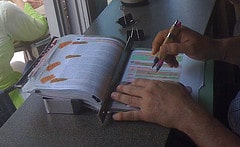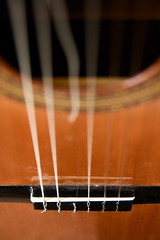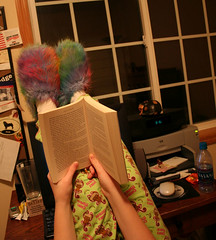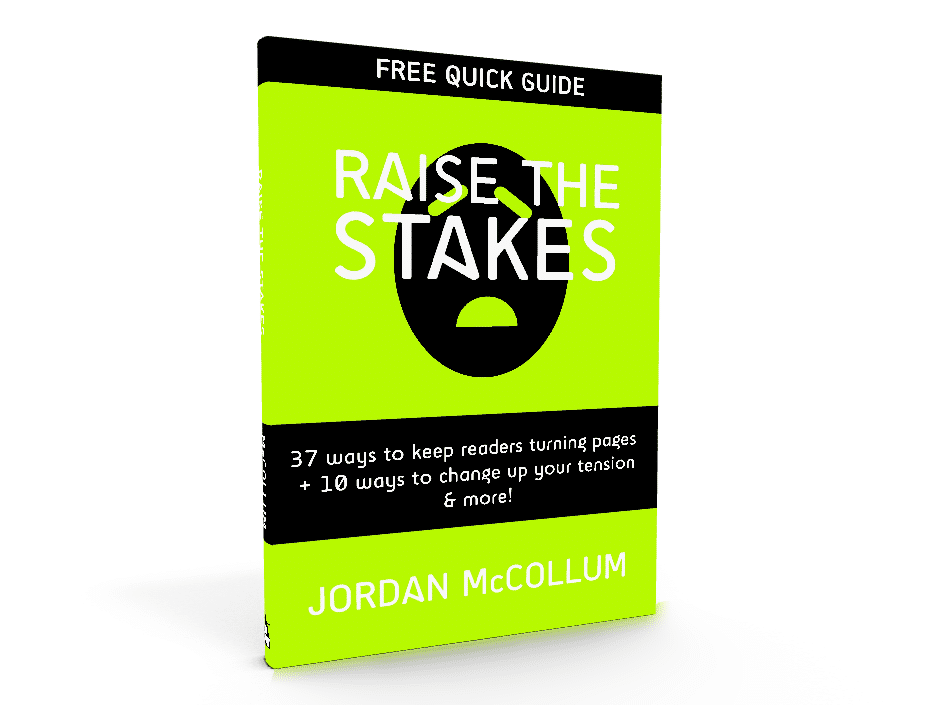I don’t know if it’s just the circles I’m in, but I’ve noticed a large number of authors who’ve suddenly had trouble with beta readers, who read a book and offer feedback before publication. Even experienced betas have been doing things that are frankly unethical, so I thought perhaps we just need some guidelines on what is appropriate and not for a beta reader.
The ethical beta
 You have been taken into a position of trust. The author has helped you to make their book better before they publish it. The ethical beta reader understands that they are reviewing a book in a prepublication format. Errors, typos and room for improvement are to be expected. The ethical beta reader gives feedback to that effect—as complete and detailed as asked for & warranted.
You have been taken into a position of trust. The author has helped you to make their book better before they publish it. The ethical beta reader understands that they are reviewing a book in a prepublication format. Errors, typos and room for improvement are to be expected. The ethical beta reader gives feedback to that effect—as complete and detailed as asked for & warranted.
Unless the author instructs you that they would like to drastically change their work, the ethical beta reader does not demand the author change the voice or style or entire book to suit the reader’s vision. The ethical beta reader only makes suggestions that they believe will make the author’s book stronger from a “neutral” standpoint, not change it into something different the reader would prefer personally.
Although it may not be mandatory, the ethical beta reader should also try to point out positives in their feedback. It’s not your job to stoke the author’s ego (unless you really love the book 
The ethical beta reader does not use abusive or insulting language about the author’s work. All original novels require a lot of effort and the author has taken you into a position of trust. Insulting their work or them as a writer/person shows a total lack of not only professionalism but also common courtesy.
The ethical beta reader makes clear the issues they have with your book in their feedback to you, not through a public review after the book has been published. Not only is your feedback of no help at that point—when that it exactly what the author asked you for, prepublication help—but it’s unethical to withhold your real feedback from the author, especially if you’ll turn around and publicly attack the book for it.
The ethical beta reader only reviews a book if they have read the version that’s being sold (or are pretty darn sure the author made the changes necessary to the book). The ethical beta reader does not mention the issues that the book had prepublication if they are resolved. If an author has told you that they have addressed a concern such as citing sources or a particular subplot, it is unfair and unethical to publicly air your complaints about their inferior quality work, which they asked you for help with and which they (may have) improved before publishing.
Now, to be sure, if an author doesn’t take your advice, you can mention the perceived weakness/fault in the review, but there’s also no cause to say, “I warned her not to do this,” or anything of the kind. (Who do you think that reflects upon?)
The ethical beta reader has absolutely no reason to create a profile for an unpublished book on a site like Goodreads, LibraryThing, Shelfari, etc. When the book is ready for publication, the author may create a profile—or you might even do that, but again, it is unethical to air your grievances against an earlier version of the book.
The ethical beta reader does not use the author’s other books as a platform to review and attack a different book or the author. The ethical reader shouldn’t do this, and as someone who has been accepted into the author’s confidence, you have an even greater responsibility.
If the ethical beta reader realizes the book is plagiarized from another book s/he has read, the beta reader says something. This might include notifying the plagiarized author or the plagiarizing author, or both. (Note: if a beta reader comes to you to report your book has been plagiarized, do not share their name with the plagiarizing author!)
Note to authors
The term “beta reader” means different things to different people—and often it means nothing to people outside of the writing industry. Be sure to clarify what level of feedback you need (general plot notes, characterization, logical flow, wording & line editing, etc.) when you send the file.
What do you think? What else do ethical beta readers do/not do?
Photo credit: Tim
 So what, you ask? Well, those statistics mean that the vast majority of girls named Madison is fifteen or younger right now. When I read these, I couldn’t help but thinking of the curly-haired toddler down the street. Although a strong, androgynous girls’ name is awesome and Madison hits all the right notes with parents and authors alike today, that’s exactly what makes it all wrong when naming a character who’s supposed to be an adult today.
So what, you ask? Well, those statistics mean that the vast majority of girls named Madison is fifteen or younger right now. When I read these, I couldn’t help but thinking of the curly-haired toddler down the street. Although a strong, androgynous girls’ name is awesome and Madison hits all the right notes with parents and authors alike today, that’s exactly what makes it all wrong when naming a character who’s supposed to be an adult today.

 I began researching character sympathy years ago when I struggled with it myself. A shocking number of writers and resources suggested “fixes” and sources of character sympathy that are little more than gimmicks. The effective advice I found was piecemeal at best: a chapter here, a section of a book there, an Internet article. There was NO comprehensive resource on the why and especially the how of creating character sympathy.
I began researching character sympathy years ago when I struggled with it myself. A shocking number of writers and resources suggested “fixes” and sources of character sympathy that are little more than gimmicks. The effective advice I found was piecemeal at best: a chapter here, a section of a book there, an Internet article. There was NO comprehensive resource on the why and especially the how of creating character sympathy.




